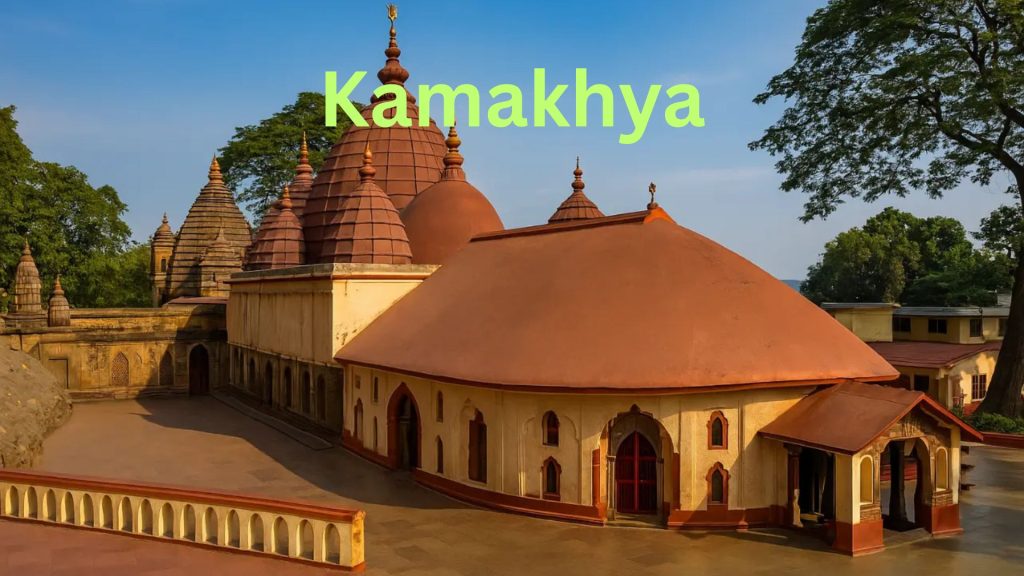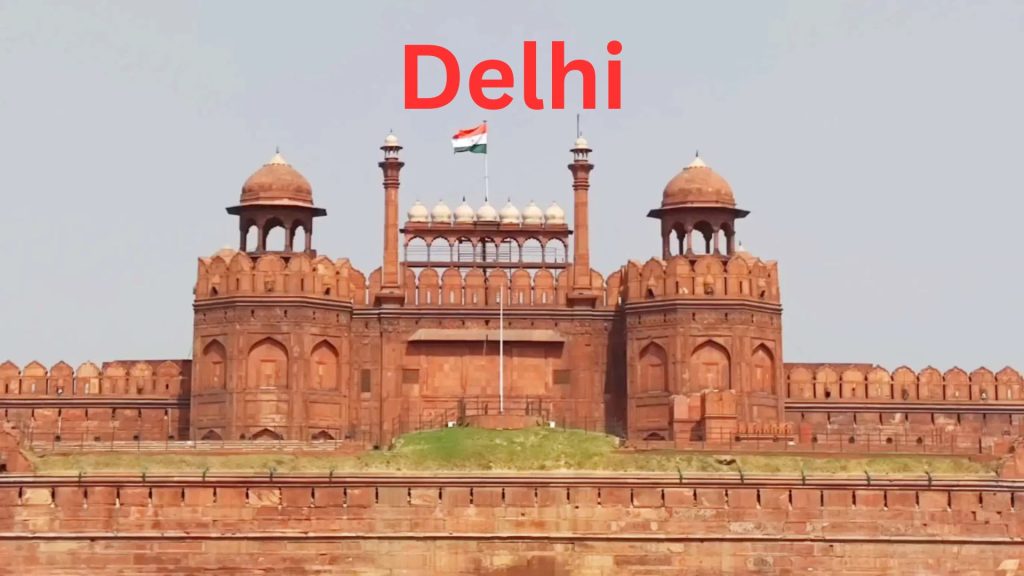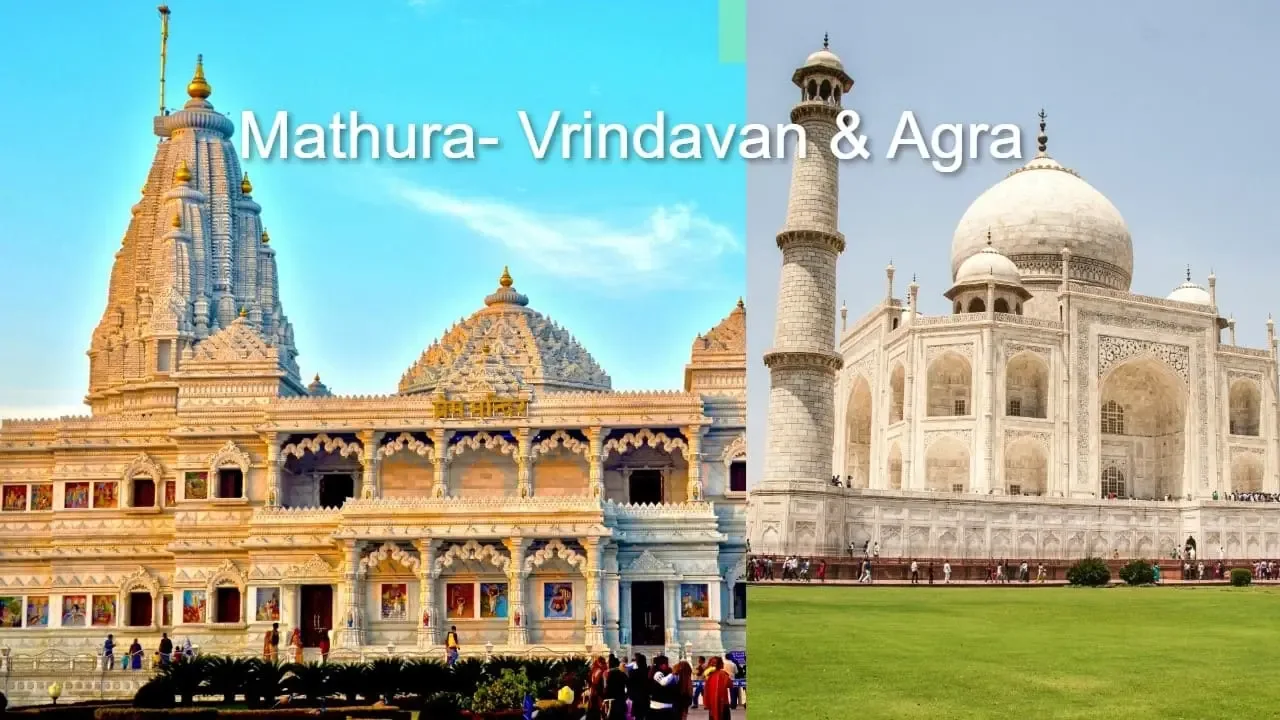
Dear Readers,
India is a land where every corner holds a story. Some stories are written in history books, and some are whispered by the wind in ancient temples. Among these holy places, Mathura, Vrindavan, and Agra shine like jewels — with tales of Lord Krishna’s childhood, mysteries of divine love, and the timeless beauty of Mughal architecture.
Today, We’ll take you through a simple, heart-touching journey to these places. If you’re planning a budget-friendly, devotional, and memorable trip, this travel guide is for you.
Day 1: Arrival at Mathura — The Birthplace of Lord Krishna
How to Reach Mathura
By Train
Mathura is connected with most of the major cities and places of India. You can start journey early morning from Delhi. Several trains run daily to Mathura Junction, but for a smooth trip, it’s best to take an early train like:
- Gatimaan Express
- Taj Express
- Shatabdi Express
These trains are fast, comfortable, and reach Mathura in about 2–3 hours.
By Road
You can book a car from Delhi to Mathura
· Distance: Approx. 180 km
· Time: Around 3 to 3.5 hours (depending on traffic and stopovers)
Route:
Delhi → Noida → Greater Noida → Yamuna Expressway → Mathura
Bus Option:
Government Buses and Private buses Available from Delhi’s Sarai Kale Khan ISBT and Anand Vihar ISBT
Fare: ₹150 to ₹800 depending on the bus type
Time: Around 4 to 5 hours
By Air:
The nearest airport to Mathura is Agra Airport (AGR), located approximately 48–64 km away, depending on the route taken. It primarily operates domestic flights connecting cities like Mumbai, Bengaluru, and Goa. However, flight frequency may be limited.
For international travelers or those seeking more flight options, Indira Gandhi International Airport (DEL) in Delhi is a suitable alternative. Situated about 130–170 km from Mathura.
Where to Stay in Mathura
Mathura welcomes everyone — from luxury seekers to simple devotees. Here are good options for your stay:
Luxury Hotels:
Nidhivan Sarovar Portico
Brijwasi Lands Inn
Budget Hotels:
- Hotel Ganpati Palace
- Hotel Sheetal Regency
Ashrams:
Raman Reti Ashram
Radharani Ashram
These ashrams offer peaceful rooms and sometimes provide free prasad and simple meals.
Temple Tour in Mathura (Afternoon)
After settling in your hotel, have a light lunch and book a toto (about ₹500) for a temple tour. The divine journey begins:
Shri Krishna Janmbhoomi
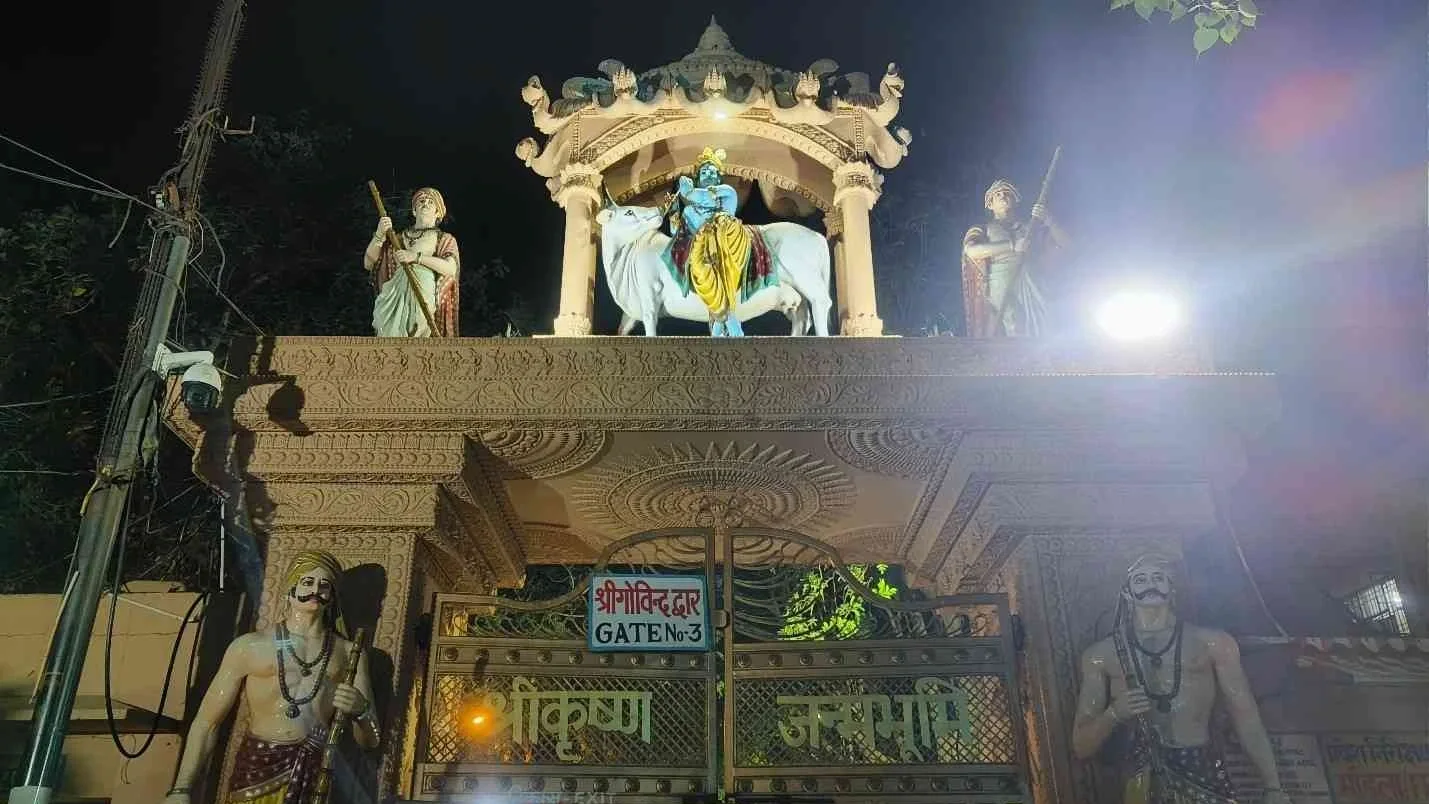
This is the most sacred site in Mathura, believed to be the exact place where Lord Krishna was born. The temple complex houses a prison cell, where Krishna took birth.
Timings: 5:00 AM to 9:30 PM
Restrictions: No mobiles, cameras, leather items
Dwarkadhish Temple
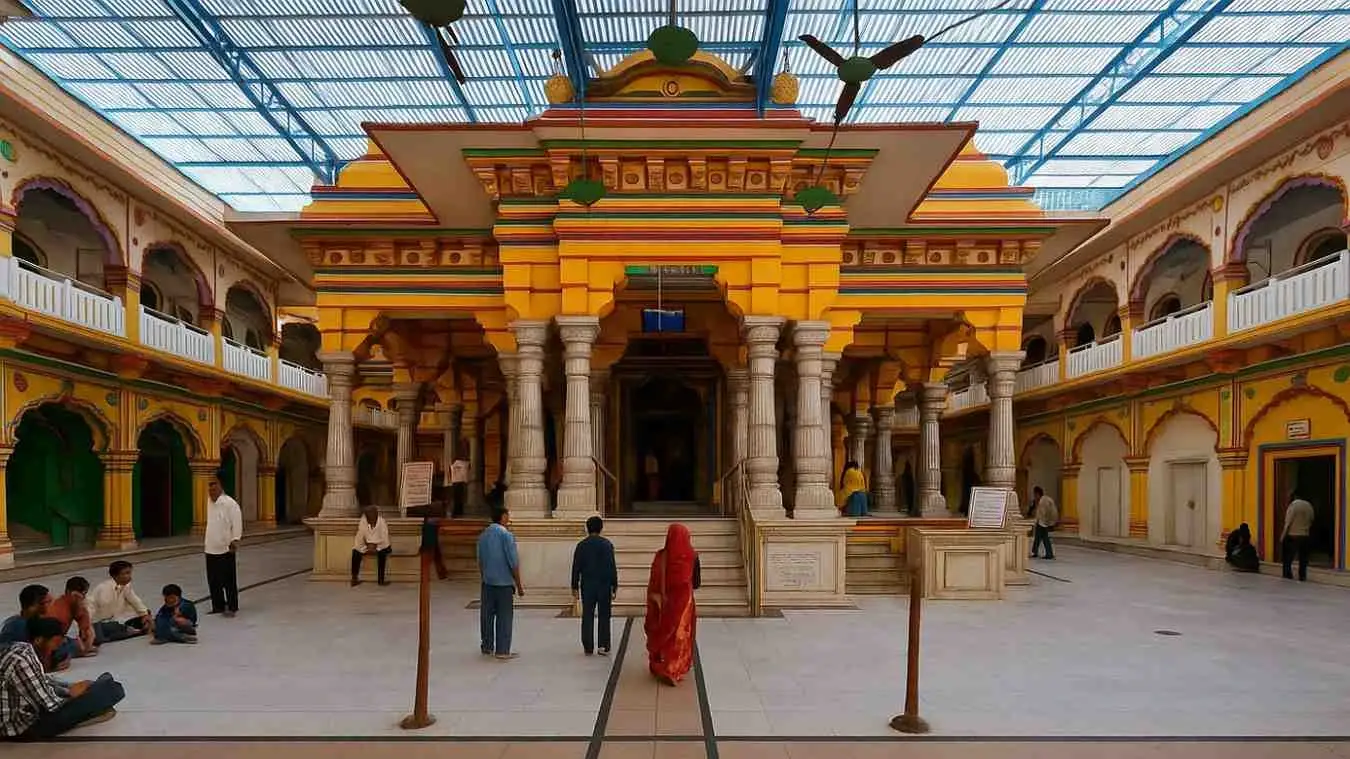
Established in 1814 AD by a devotee named Seth Gokul Das Parikh, the treasurer of Gwalior State. Famous for its stunning black stone idol of Lord Krishna. During festivals like Janmashtami and Holi, this temple is filled with colors and joy.
Timings: 6:30 AM to 01:00 PM, 4:00 PM to 9:00 PM
Yamuna Ghat & Vishram Ghat
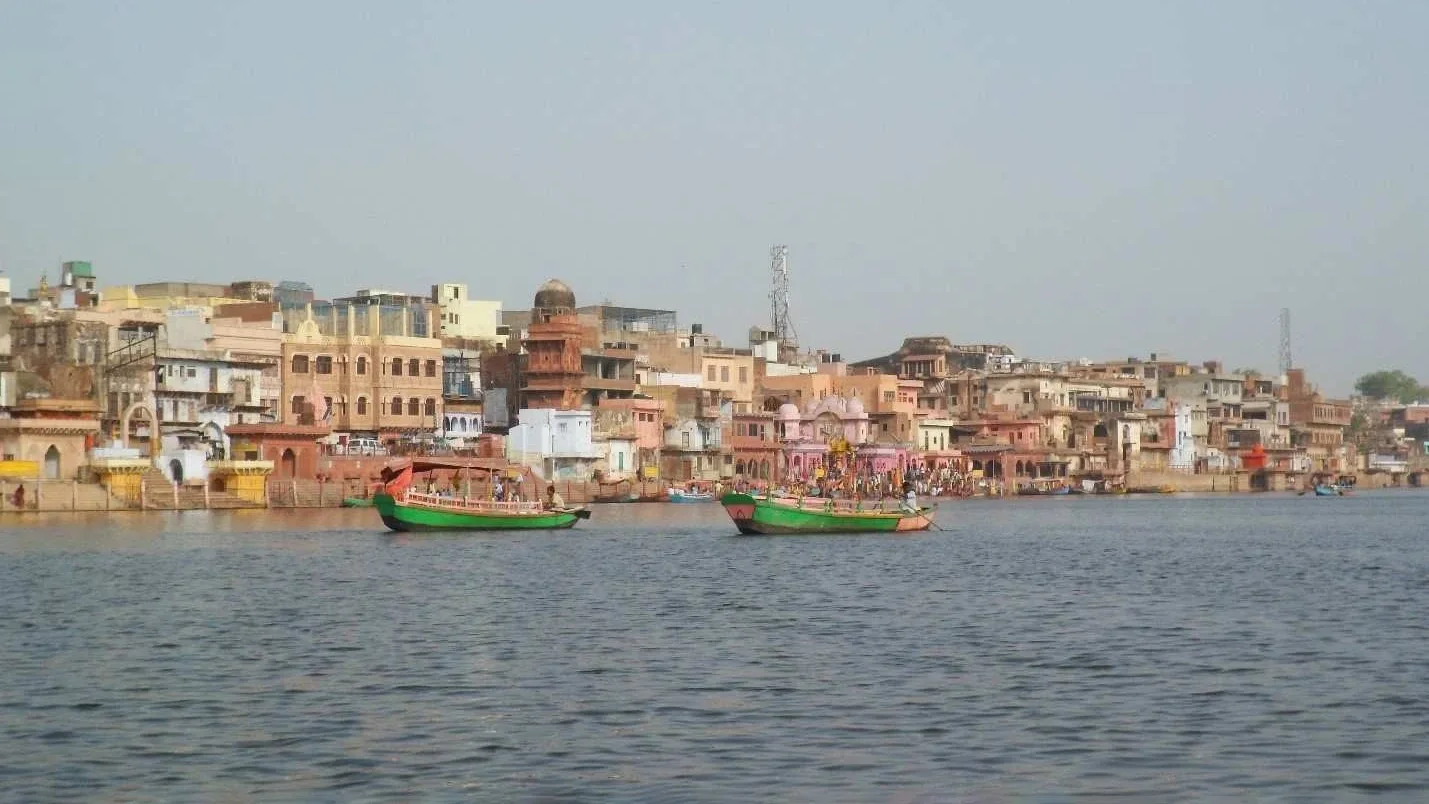
After Dwarkadhish, walk down to Vishram Ghat, where Lord Krishna rested after killing Kansa. You can also enjoy a peaceful boat ride on the Yamuna river here.
Bhuteshwar Mahadev Temple
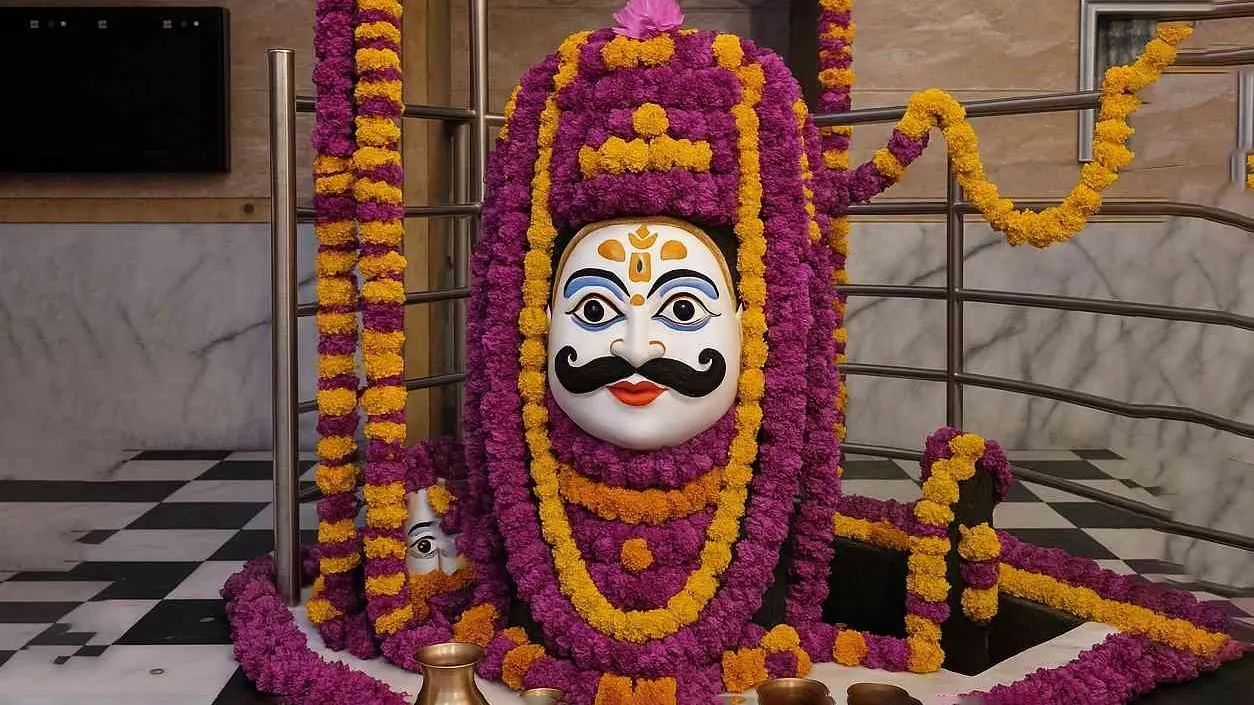
A powerful ancient temple dedicated to Lord Shiva, believed to be one of the protectors of Krishna’s birthplace. According to local lore, it is said that Lord Shiva himself manifested as Bhuteshwar Mahadev to safeguard Mathura from negative energies and evil forces. The original temple was believed to have existed in ancient times, though it was destroyed and rebuilt several times across centuries, especially during the invasions of Mahmud of Ghazni (11th century CE) and subsequent Mughal attacks.
Timing: 5:00 AM to 12:00 PM and evening darshan from 4:00 PM to 9:00 PM
Potra Kund

The word ‘Potra’ means clothes of an infant. According to popular belief and ancient texts, it was at this very kund that Yashoda Maiya’s clothes and the newborn Krishna’s garments were washed.
After completing your Mathura darshan, return to your hotel and rest
Day 2: Vrindavan — The Town of Eternal Love
How to Reach Vrindavan
Next morning, take a bus, auto, to Vrindavan (about 12 km). On reaching, book a toto (₹500-700) for a half-day tour to these enchanting temples. Or book a car to travel all the places in vrindavan.
Must-Visit Temples in Vrindavan
Glass Temple, Shri Krishna Pranami Paramdham
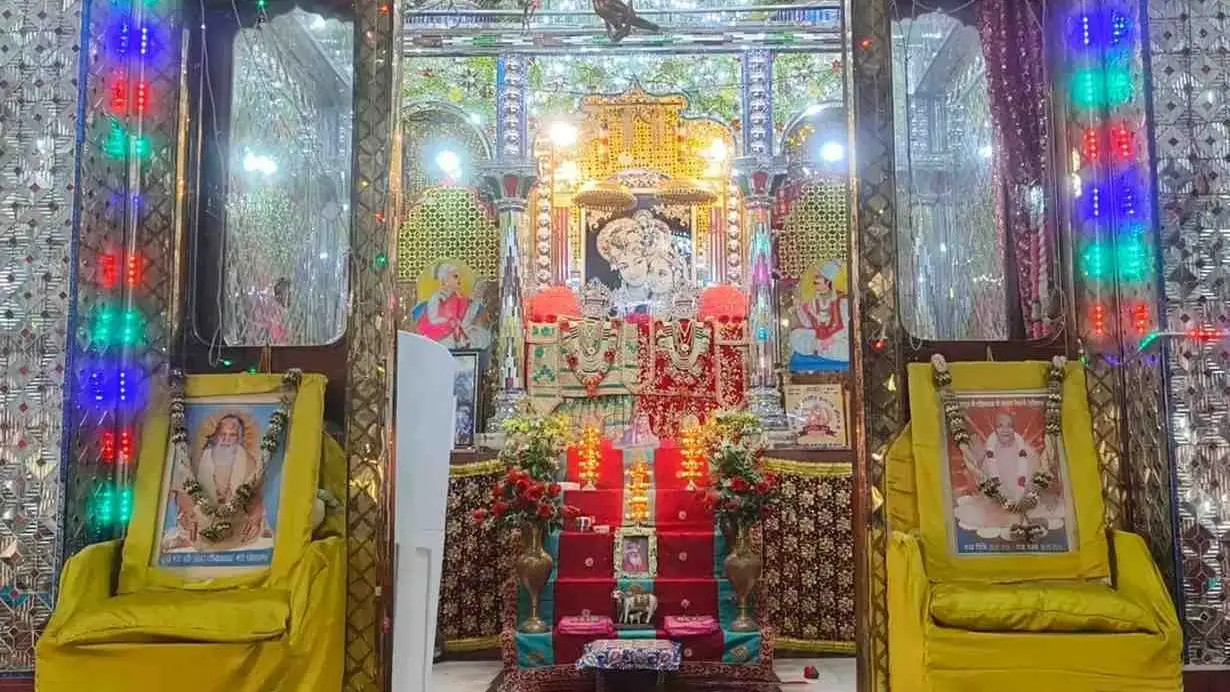
The walls of the halls of the temple bear artistic images of famous temples of the Pranami sampradaya. Glass and shining stones have been used so beautifully in this pranami temple of Vrindavan, that the devotees do not feel like coming out of the temple’s worship hall. The temple is named after the Glass Temple due to its attractive use of glass and shining stones.
Timing: 5:30 am–12:30 pm, 3:30–8:30 pm
Banke Bihari Temple
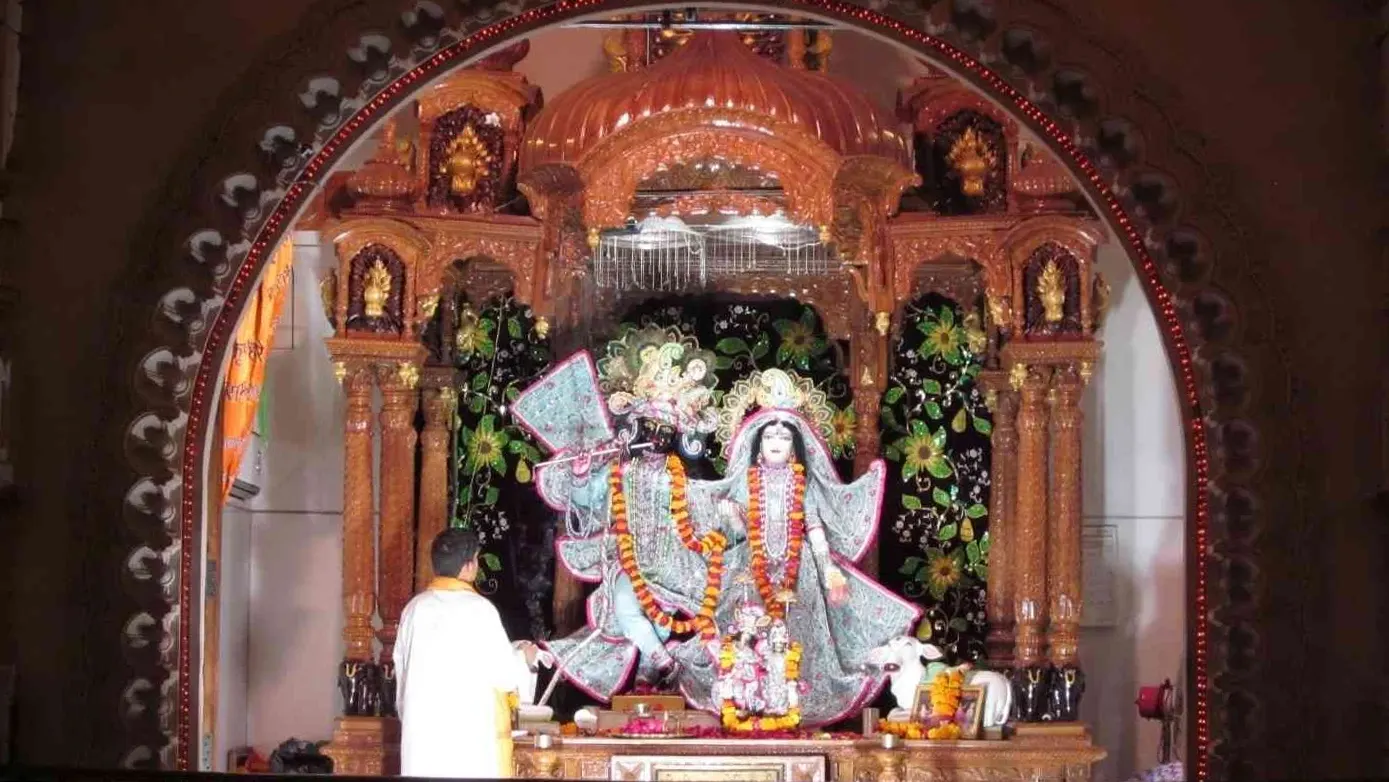
Perhaps Vrindavan’s most famous temple, dedicated to Lord Krishna as Banke Bihari. The idol is believed to be alive, and the darshan is given in small intervals.
Timings: 7:45 AM to 12:00 PM, 5:30 PM to 9:30 PM.
Radha Vallabh Temple
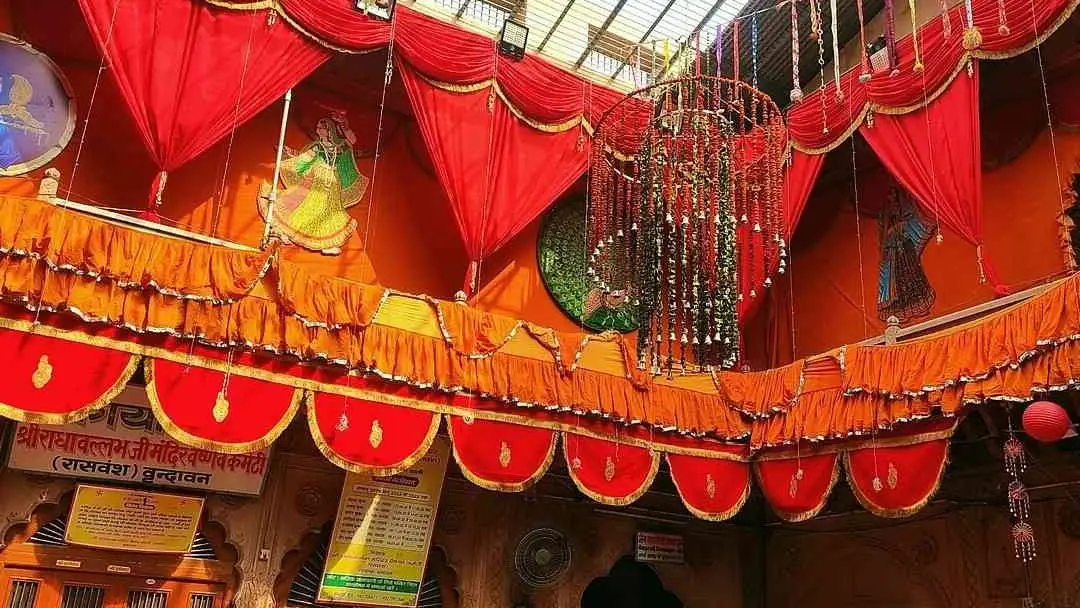
Also called Shri Radha Vallabhlal ji Temple is a historic here.The temple is dedicated to Radha Krishna. The temple belongs to Radha Vallabh Sampradaya and was constructed in 16th century under the guidance of Vrindavan saint Hith Harivansha Mahaprabhu.
Timing: Morning darshan at 5:00 AM to 12:00 PM, in the evening 6:00 PM to 9:00 PM.
Shahji Temple
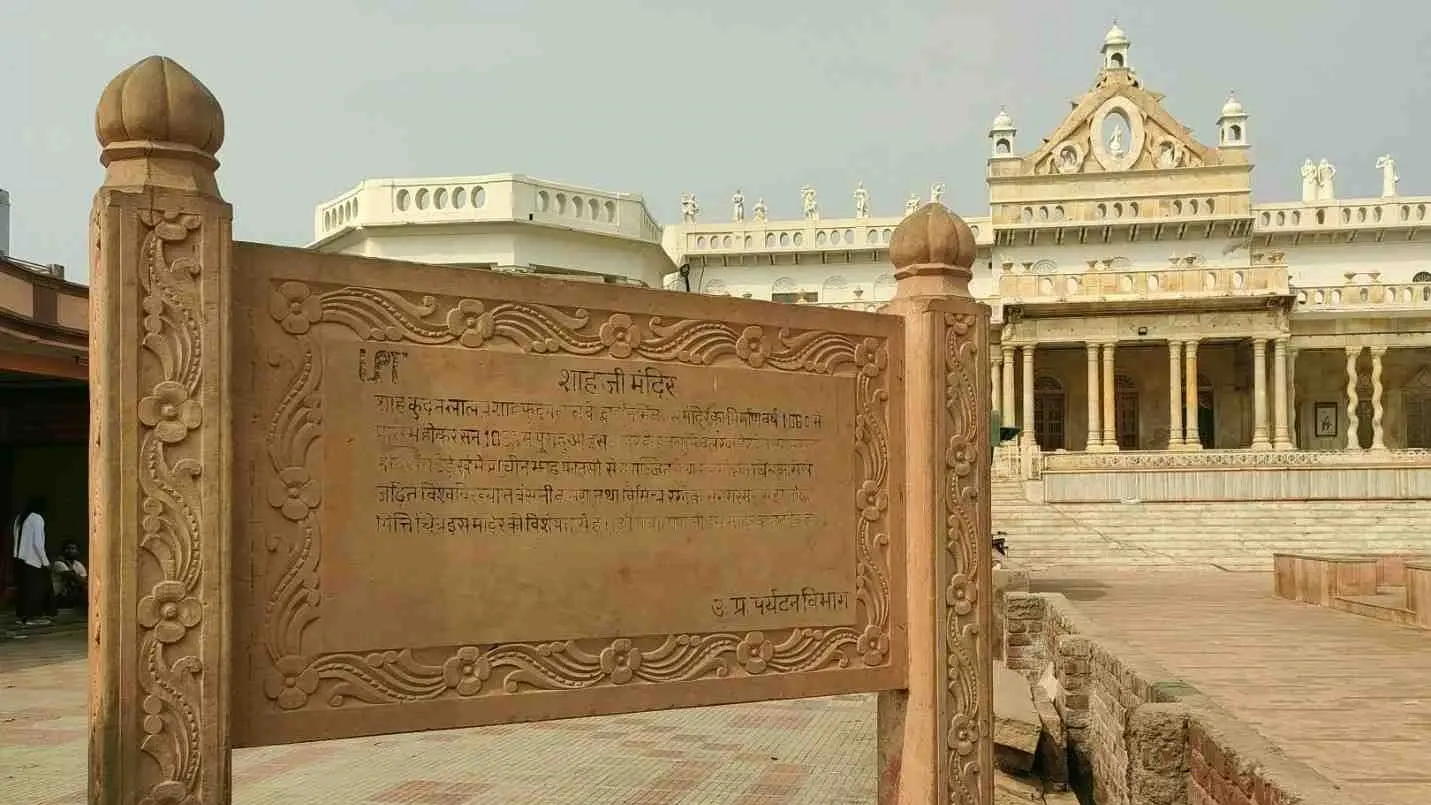
Constructed in 1866 by Shah Kundan Lal and Shah Phundan Lal of Lucknow. Noted for its spiral columns and Basanti Kamra.
Timings: 8:30 AM – 12:00 AM, 5:30 PM – 7:30 PM.
Rangji Temple
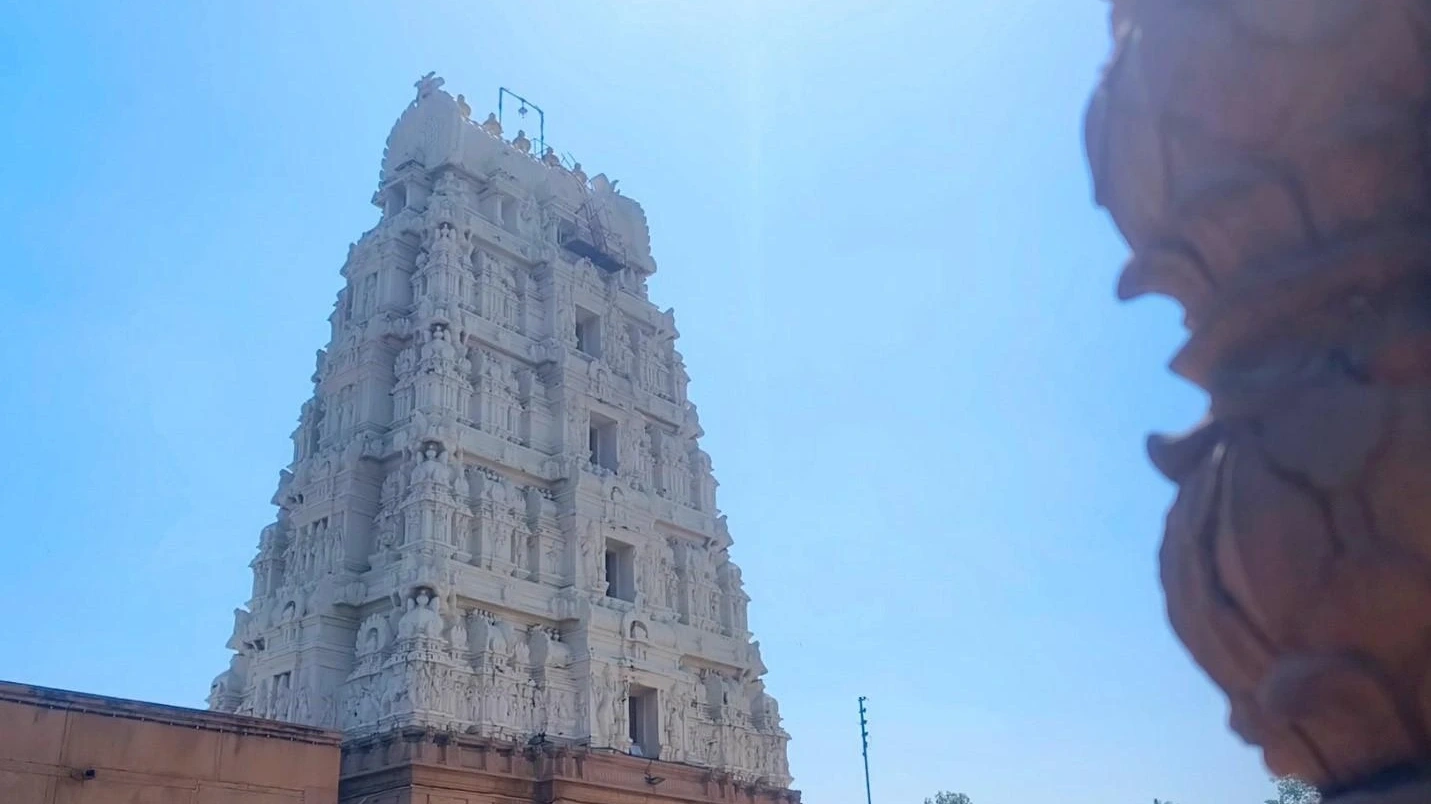
The temple built in 1851 by Seth Radha Krishna and Govind Das of Chennai, is a unique blend of South Indian Dravidian, Rajput, and Mughal architecture. Dedicated to Lord Ranganatha, an incarnation of Lord Vishnu, it houses a sacred golden tree, believed to fulfill devotees’ wishes, within its tranquil courtyard.
Timings: 5:30 AM to 10:30 AM and 4:00 PM to 9:00 PM in the evening
Nidhivan
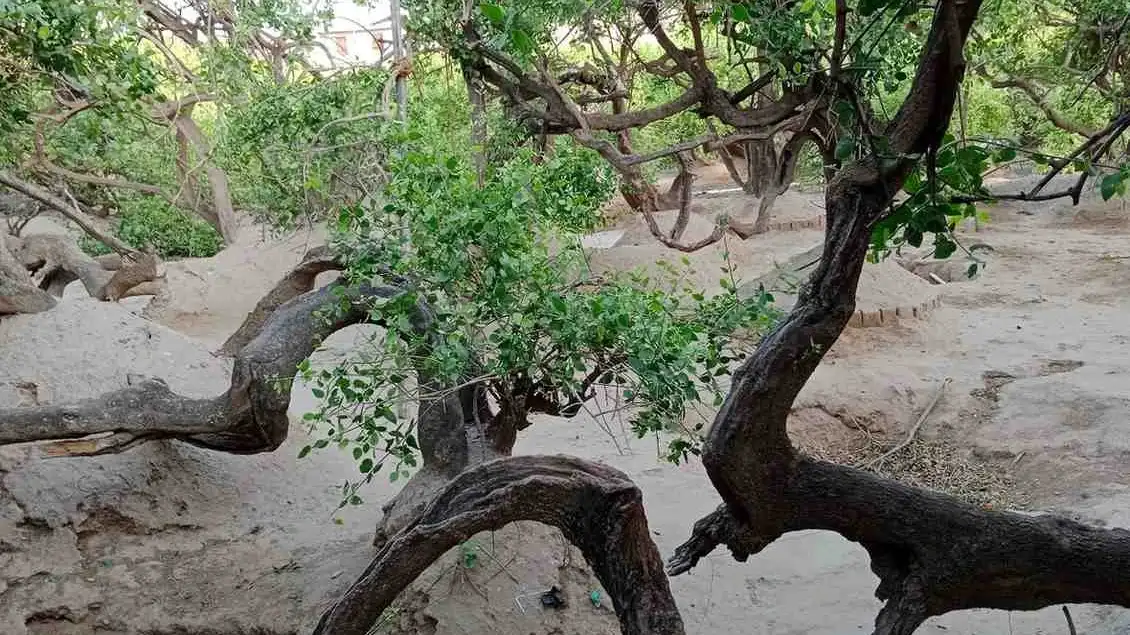
The most mysterious place in Vrindavan. It is believed that Lord Krishna still comes here at night to perform Raas Leela with Radha and gopis. No one is allowed inside after evening.
Timings: 5:00 AM to 7:00 PM
Prem Mandir
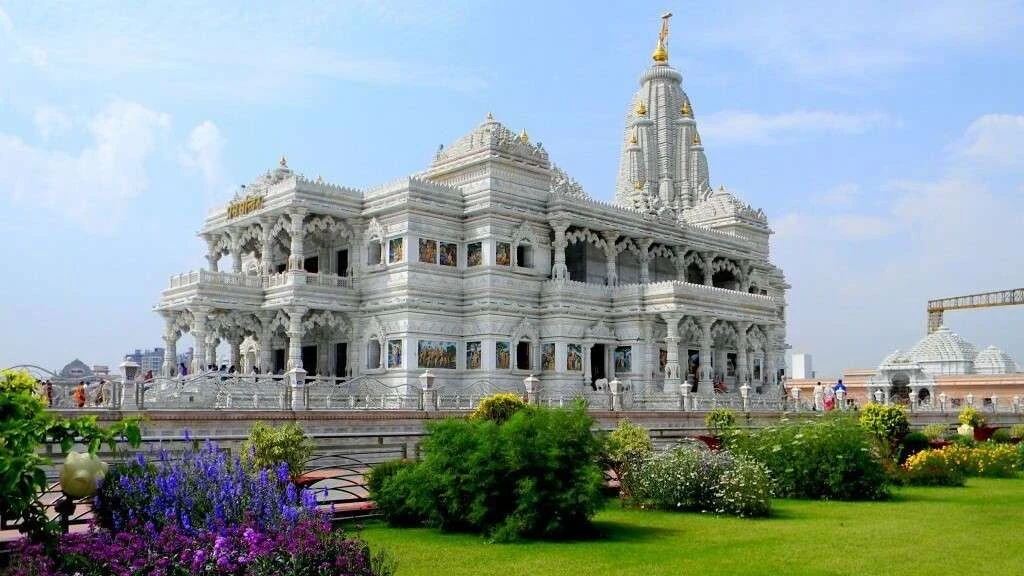
A modern white marble marvel depicting Krishna’s life in beautiful carvings. It was established by Jagadguru Shri Kripalu Ji Maharaj in 2001. In the evening, the lighting and fountain show is breathtaking.
Timings: 8:30 AM to 12:00 PM and again from 4:30 PM to 8:30 PM.
ISKCON Temple (Krishna Balaram Mandir)
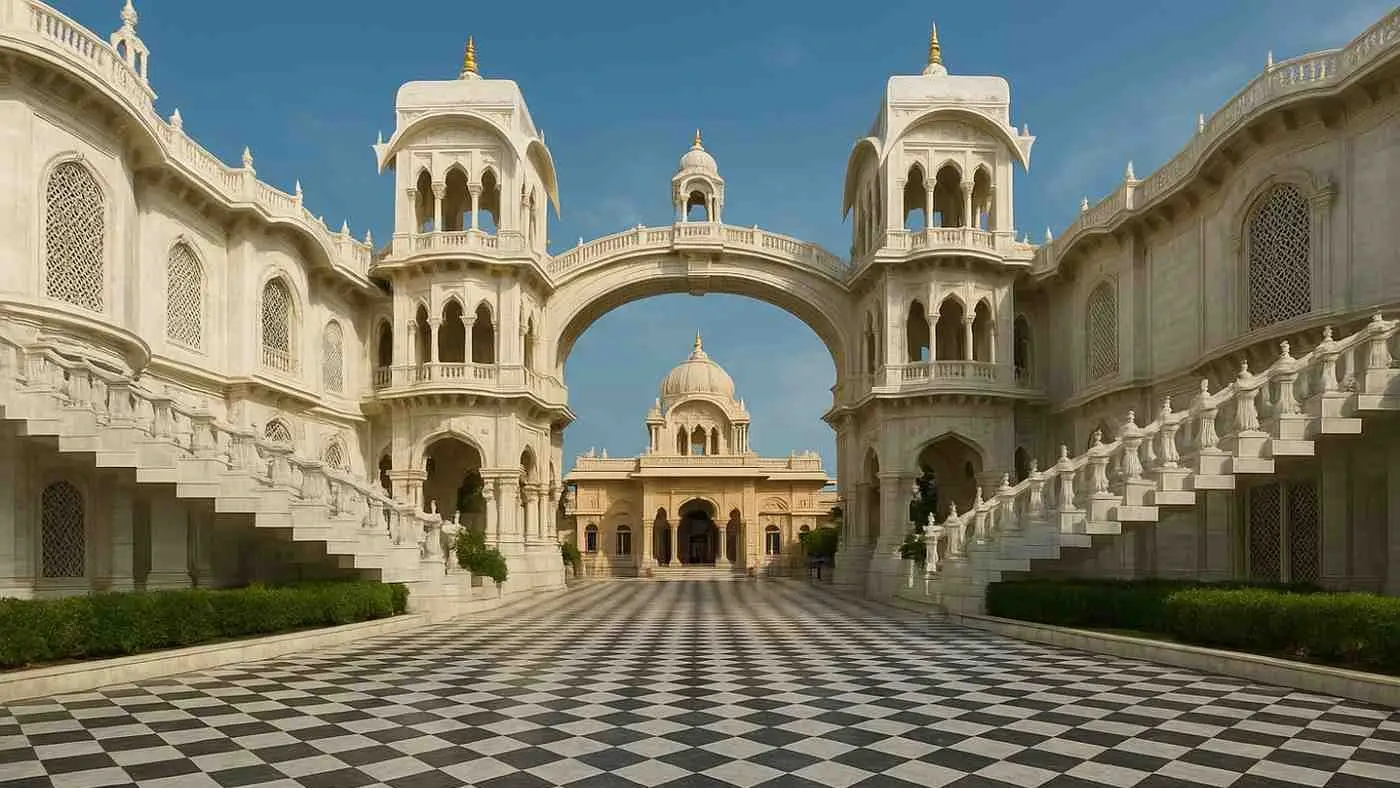
The temple was established in 1975 by Srila Prabhupada, is the glorious realization of his divine vision—a temple of unmatched beauty for the worship of Lord Krishna and Balaram in the sacred land of Vrindavan, The chanting of Hare Krishna Mahamantra fills the air.
Timing : 4:30 AM to 12:45 PM and then again from 4:30 PM to 8:15 PM.
Vaishno Devi Temple
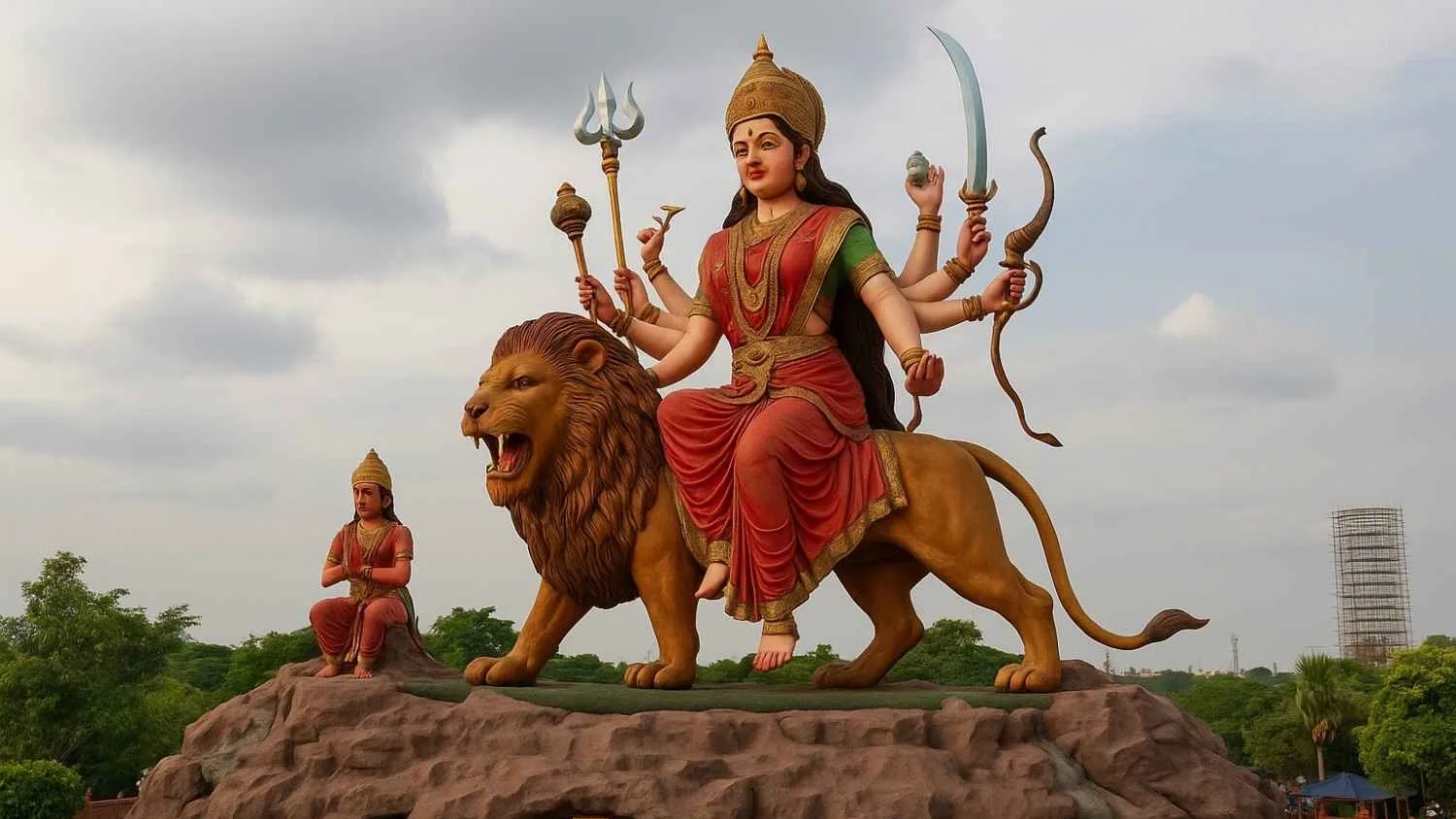
The Vaishno Devi Temple in Vrindavan, built in recent decades by Jaipur’s Vaishno Devi Trust, is a striking replica of the famous shrine in Jammu. Adorned with intricate carvings, colorful murals, and idols of Goddess Vaishno Devi with her lion, the temple’s artificial caves recreate the original pilgrimage path beautifully.
Timing: 6:00 AM to 1:00 PM and again from 4:00 PM to 8:00 PM.
A Gentle Caution for Fellow Travelers
While exploring the sacred lanes of Vrindavan and Mathura, be mindful of the playful but notorious monkeys. They’re known to snatch mobile phones, sunglasses, wallets, purses, and food items straight from visitors’ hands. Keep your belongings safely tucked away, avoid carrying loose items.Especially be alert near Banke Bihari Temple.
Visit to Shyam Kund & Radha Kund
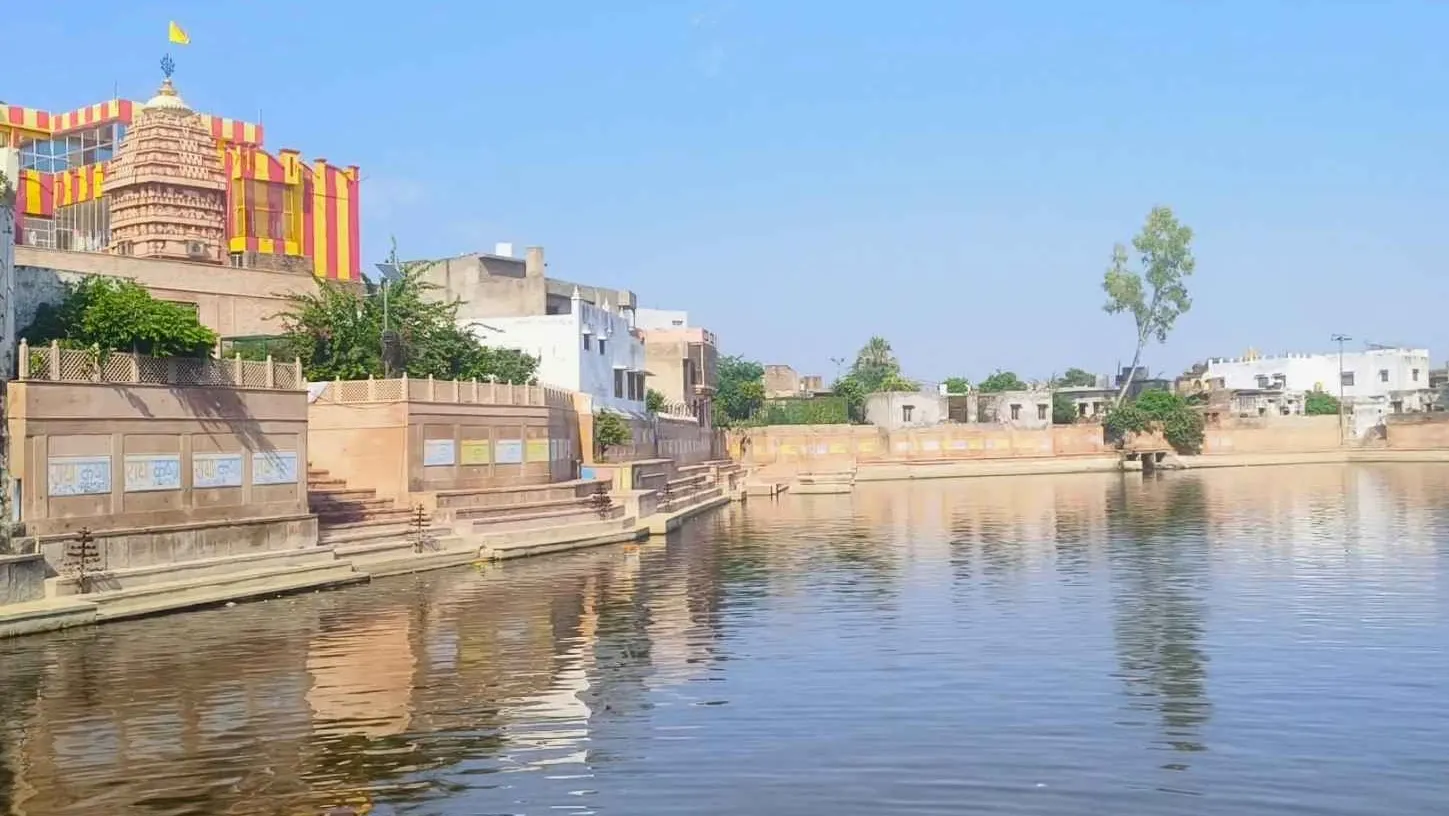
Next, take a government-run bus to Shyam Kund and Radha Kund, sacred water ponds with deep mythological significance.
Mythology: After killing the demon Aristasura, Krishna created Shyam Kund and Radha created Radha Kund. Devotees believe bathing here cleanses sins.
Govardhan Hill Parikrama
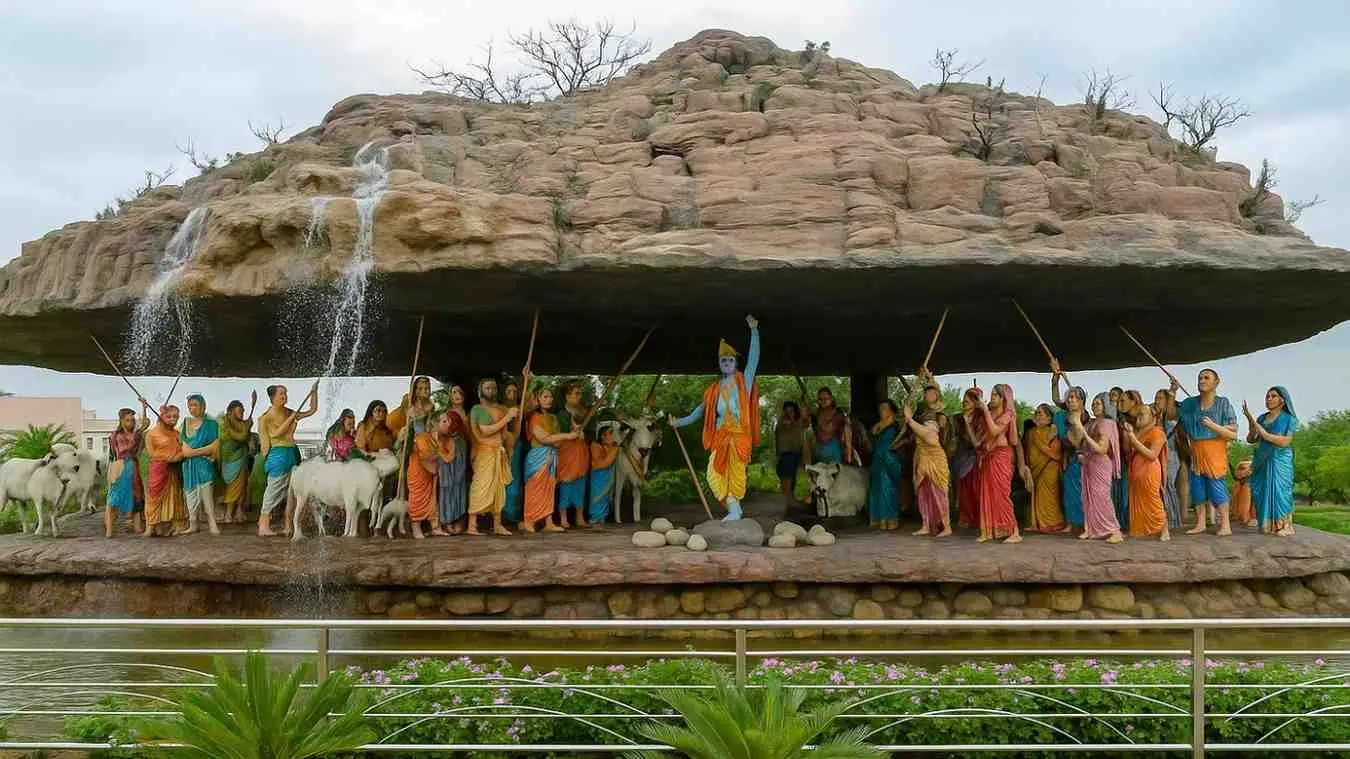
From there, book a toto to Govardhan (₹200). On reaching, join a Govardhan Parikrama by toto (₹200 per person).
Mythology: Lord Krishna lifted the Govardhan Hill (25 meters high, 38 km round) on his little finger to protect the people from Indra’s wrath.
Also visit Govardhan Mandir and nearby sacred spots.
Return to Mathura by evening and relax at your hotel or ashram.
Day 3: Agra — Taj Mahal and Agra Fort
Take an early morning train to Agra Fort Station (1-hour journey). Buses are also available from Mathura distance is 58 k.m takes about 1.5 hours fare about 100 rupees. You can hire an auto beside the Agra fort station (₹500) after bargaining for a half-day tour in Agra.
TajMahal
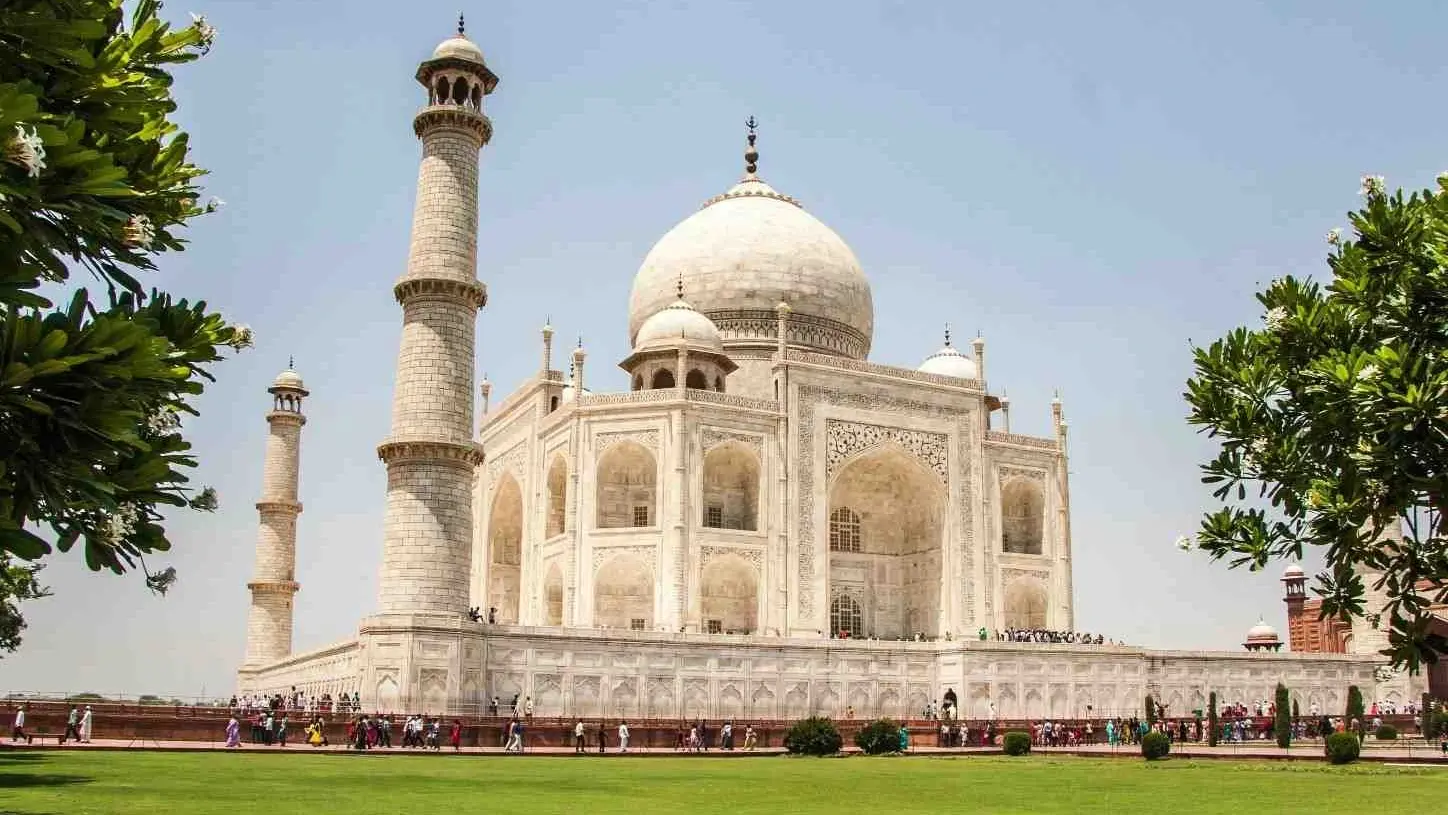
Built by Mughal emperor Shah Jahan in 1631 for his beloved wife Mumtaz Mahal, stands as an eternal symbol of love in the bank of Yamuna. Crafted from pristine white marble, its graceful domes and intricate carvings whisper tales of timeless devotion, making it one of the world’s most cherished monuments.
Timings: 6:00 AM to 6:30 PM (Closed on Fridays)
Ticket: ₹50 (Indians), ₹1300 ( for foreigners), SAARC & BIMSTEC Citizens entry is ₹540 and ₹200 (with mausoleum)
Restrictions: No eatables, tripods, or tobacco.
Agra fort
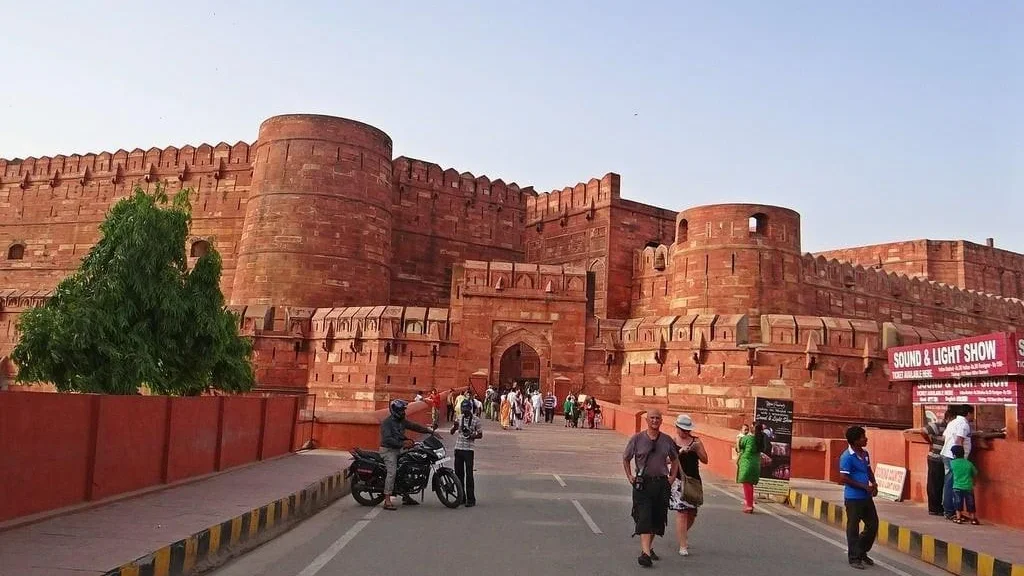
Built by Akbar in 1565, later modified by Shah Jahan. A beautiful fort of red sandstone with grand halls, palaces, mosques, and lush gardens. A nice view of Taj mahal from here is a bonus.
Timings: 6:00 AM to 6:00 PM
Ticket: ₹50 (Indians) and ₹650 for foreigners
Restrictions: Food and drinks (except bottled water) are not allowed inside.
From here, catch a train back to Delhi or your hometown.
Local Food to Try : What to Eat in Mathura, Vrindavan & Agra
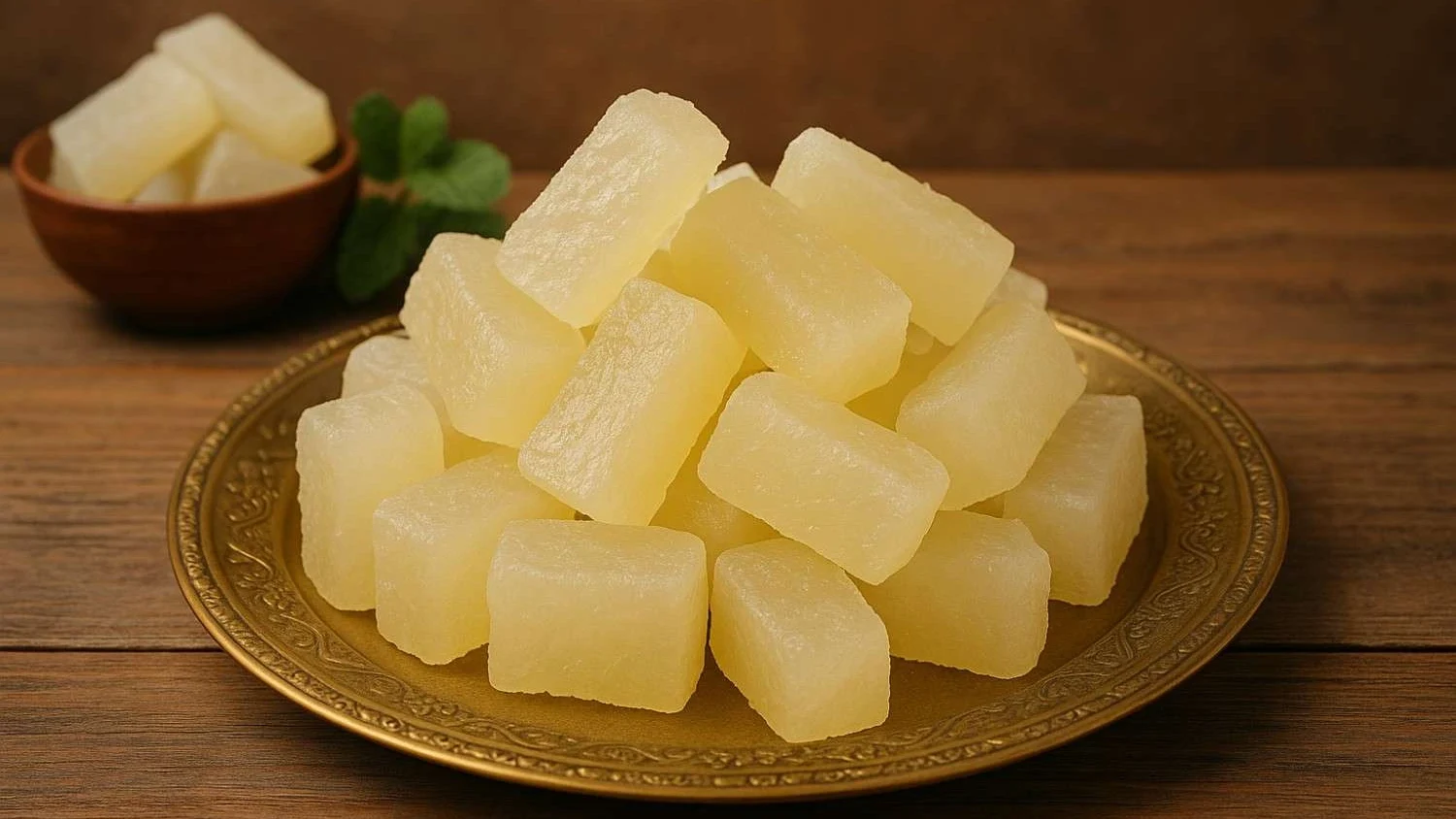
As you wander through these sacred and historical towns, you’ll be greeted not just by the fragrance of incense but also by the irresistible aroma of local street foods and sweets. Here’s what you must try:
Mathura Peda
Famous all over India, this sweet, made of khoya (thickened milk) and cardamom, is a must-buy. The peda here is believed to have been Lord Krishna’s favorite.
Malpua
Soft, syrup-drenched pancakes often served as prasad in temples.
Lassi & Rabri
Thick, creamy lassi and chilled rabri served in clay cups — refreshing in the afternoon heat.
Chappan Bhog (56 Offerings)
Many temples like Banke Bihari Mandir serve or offer Chappan Bhog to Lord Krishna — a mix of 56 vegetarian delicacies prepared without onion and garlic.
Agra Petha
Perhaps the most iconic sweet of Agra — made of ash gourd and sugar syrup. Available in dry and syrupy varieties, and now in flavors like paan, rose, and saffron.
You can also have lunch and dinner at nearby hotels which starts with rupees 100 per thali and you can also have free meal or prasad in Many ashrams or temple like Gita Ashram, Raman Reti Ashram and ISKCON
Approximate Budget
The total cost per person for this 3-day trip is about ₹3000, depending on your stay, travel, and shopping choices.
Conclusion
This trip offers a beautiful blend of devotion, history, mystery, and architecture. From the holy ghats of Mathura to the marble beauty of the Taj Mahal — every corner tells a tale. If you seek peace and timeless stories, this journey will stay with you forever.
Stay connected with us for more such heartwarming travel experiences. May Lord Krishna’s blessings be upon you. Radhe Radhe!

